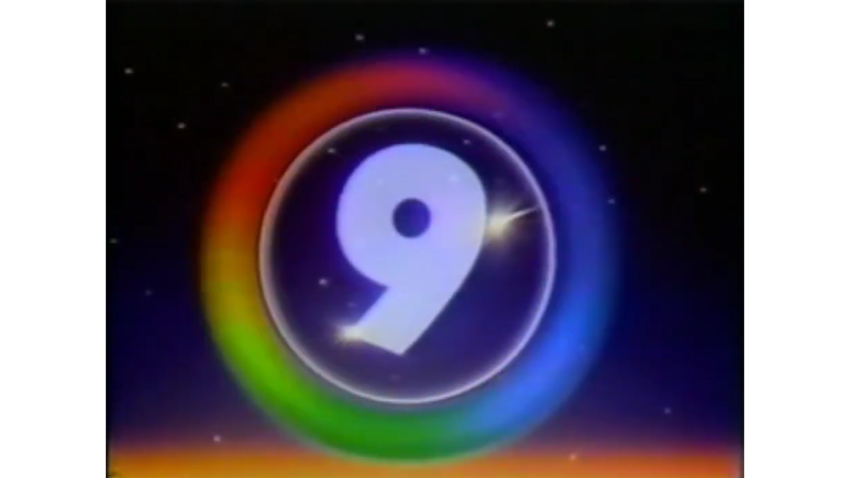As I’ve mentioned in previous Broadcast History posts here, the advent of cable TV in the 1960s and 1970s resulted in cable operators importing stations from distant cities in many cases.
A few of the most interesting examples are in South Dakota, where the capital city’s cable system may have carried more stations from Colorado than South Dakota at one point. Out-of-state TV outnumbered Rapid City stations on Black Hills systems.
A 1969 article in the Lead Daily Call reported that the FCC, prodded by South Dakota members of Congress, had allowed the cable system in the northern Black Hills to add Denver’s KWGN (Independent) and KBTV (ABC), giving viewers access to a primary ABC affiliate as well as their first Independent station.
An ad for the cable system in Deadwood and Lead in the paper a few months later also lists Denver’s KOA-TV (NBC), Casper’s KTWO-TV (NBC/ABC/CBS), and the three Rapid City stations.
Meanwhile, listings in the Rapid City Journal show that the cable system there carried four Denver stations alongside the Rapid City channels as of 1970:
2 KWGN (Ind.) Denver
Rapid City, SD 1970 cable lineup (Source: Rapid City Journal via Newspapers.com)
4 KOTA (CBS/ABC) Rapid City
5 KOA (NBC) Denver
6 KBTV (ABC) Denver
7 KRSD (NBC/ABC) Rapid City
9 KBHE (Educ.) Rapid City
13 KLZ (CBS) Denver
With only two commercial TV stations in Rapid City at the time, importing the Denver channels gave Black Hills viewers the option of seeing all major network programming at its intended airtime.
Cable carriage of Colorado TV wasn’t limited to the Mountain time zone. The Daily Plainsman reported in 1968 that a cable system had launched in Huron carrying KWGN and KBTV, which were both received via microwave. It also carried four South Dakota stations and, as noted previously, later added Independent WTCN-TV (Minneapolis).
The Huron newspaper’s 1972 TV listings show that KWGN and KBTV were also carried in Pierre, along with KOA. The listings suggest that the Pierre lineup at that time included three Colorado stations but only two from South Dakota, an odd situation for South Dakota’s capital city!
In the ensuing years, new South Dakota stations signed on and existing stations expanded their coverage, reducing the need for cable systems to import stations from Denver. CBS affiliate KELO-TV expanded its reach to the Black Hills and and other Sioux Falls stations reached Pierre.
By 1984, a channel chart in the Spearfish Star indicates that systems in Lead, Spearfish, and Sturgis were still carrying KWGN and KUSA (the former KBTV) at that time, but KTWO, KOA, KLZ (by then KMGH) were gone.
Nowadays, it doesn’t appear any station from Colorado is still seen on cable in South Dakota. The last Colorado TV station to reach South Dakota may have been KWGN through its status as a “SuperStation” on DISH Network, a service which is no longer sold to new customers.


